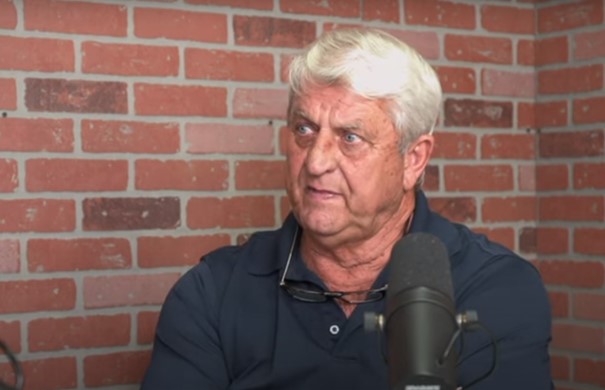Steve Stephens: a multiple Grand Prix winner and course designer since 1986. He has had three opportunities to be part of the Olympic Games course design team and won the Americas course design award in 1991. His reputation states that he builds difficult courses. "I would never build a course that I wouldn't jump myself!". In the podcast with host Mike Nicodema, he tells more about the difficulties of course building, where his priorities lie, the design and more
At the top of Stephens' checklist appears safety, something that has improved in equestrian sports over the years. "When you put fences under the jump, the holes have to be big enough for each horse's foot. They must be able to get in and out smoothly. It sometimes happened in the past that a horse got stuck and galloped around for minutes with such a fence on its leg! Fortunately, that is now out of the question. Beams are also lighter and a good safety system ensures that they are less likely to get caught between the horse's legs"
In addition to safety, a course must look attractive to the public. "Sponsors' favourite colour is blue," laughs Stephens. "But you can't put them all together, it just doesn’t look good. People want certain jumps in a certain place, but I can't always guarantee that that's possible.
Adapted courses
After years of experience, I learned how horses react to certain colors and patterns. On a bar with stripes, a horse is much less likely to make mistakes. The contrast gives the horse more depth, which makes it push off better. It works best when white is mixed in. The opposite effect is achieved with pastel-colored bars. That's where horses seem to make the most mistakes." According to the course designer, it is a myth that a horse makes more mistakes in an evening class. "A horse doesn't run into the tree in the meadow in the dark. They see perfectly in the dark, so there is no difference between a day and evening competition."
According to Stephens, a jump-off with sixteen riders should be avoided, although the requirements of the customer come first. "In the jump-off there are two possibilities: you can make it difficult for the horse in height and for the rider in distance." Despite his reputation for building difficult courses, it is said that Stephen takes into account the nerves of riders. "I try not to let the riders fall into habit, or worse, fall asleep. I do that by creating difficulties at the third or fourth obstacle."
Steve Stephens’ last wish is to be in the team for the next Olympic Games cours design in LA.
Picture: screenshot interview Phelps Sports
Source: Phelps Sports



